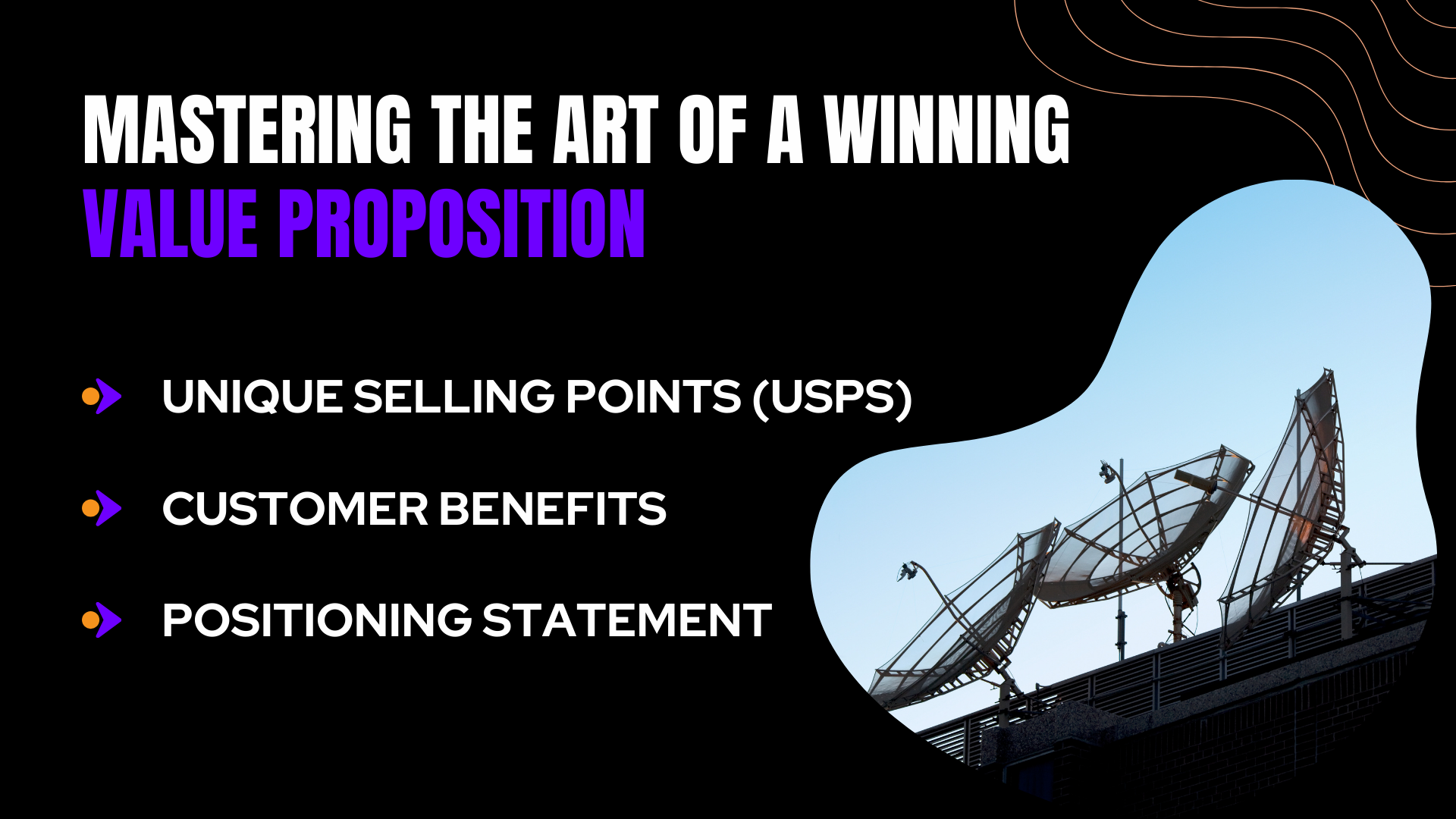Developing an Effective Marketing Plan for a Telecommunications Company
Telecoms are one of the most dynamic and competitive industries worldwide. A robust marketing telecommunications strategy has become crucial for telecom companies with fast technology improvements, shifting client expectations, and many service providers fighting for market leadership. An effective marketing plan helps a telecommunications firm position itself, acquire customers, retain them, and make money over time. This guide aims to give practical advice tailored to the subtleties of telecoms marketing, enabling companies to stand out in the ever-fast telecommunications industry.
Understanding the Telecommunications Market
Market Dynamics
Innovation drives telecommunications improvements that change how we connect and communicate. The sector is changing at an unheard-of speed from the fast development and deployment of 5G technology, enabling faster and more reliable connections, to the growing demand for Internet of Things (IoT) services, which interconnect smart objects to streamline daily life. However, enterprises in this dynamic space face distinct challenges. These include negotiating always-shifting legal rules, fierce pricing battles affecting profitability, and growing demand for strong cybersecurity policies to guard private information and guarantee service integrity. As the telecom industry grows, staying ahead of these challenges is essential for telecommunications marketing success.
Customer Insights
Customers of telecommunication range in kind from individuals to families to companies. They value cost, reliability, and easy connectivity. Understanding their habits and separating these clients will enable one to create customized offers that satisfy their particular needs.
Competitive Landscape
Established telecom giants compete with creative challengers to shake up the market. Developing a unique value offer requires knowing the strengths, problems, and general market orientation of competitors. This requires in-depth research of product attributes, price, customer loyalty programs, and promotional techniques.
Setting Clear Goals and Objectives
 SMART Goals
SMART Goals
Developing SMART (Specific, Measurable, Achievable, Relevant, Time-bound) goals guarantees direction and clarity. For example, redesigned reward programs can boost customer retention by 15% in 12 months.
Revenue Targets
Stated financial goals will help you to develop your telecom marketing strategy. Targets for revenue growth to guarantee consistent financial success, ARPU (average revenue per user) to gauge the worth each client offers, and general customer base expansion to boost market reach might all be among these. Establishing these objectives lets you properly monitor important performance indicators and provides a road map for ongoing success.
Brand Objectives
Your goals should not only be financial; long-term success depends equally on brand objectives including developing trust, encouraging consumer loyalty, and raising brand recognition, which transcends numbers. Revenue and conversions are vital, but a strong, trusted brand drives sustained growth. Giving brand objectives top priority can help you build closer relationships with your audience, increase repeat business, and differentiate yourself in the industry.
Defining Your Target Audience
By taking the following important measures, telecom providers can clearly define their target market:
- Market Research: Market research can reveal potential customers’ age, income, location, lifestyle, and communication demands.
- Customer Segmentation: Segment the market by shared qualities and behaviors. Telecom companies can adjust offers and marketing to each segment.
- Create Buyer Personas: To understand ideal customers’ wants and motivations, create buyer personas. It helps target a marketing plan for telecommunications company.
- Data Analysis: Use customer data to learn about behavior, purchase, and usage trends. Find similarities and target similar prospects.
- Competitor Analysis: Examine competitors’ audiences for gaps and opportunities. Knowing how competitors increase customer acquisition might help you differentiate.
- Continuous Refinement: Maintain relevance by updating and increasing possible and existing customers depending on market developments, tastes, and new technology.
These stages allow telecom companies to precisely define their target client base and adjust their products, services, and marketing to their consumers’ requirements and preferences.
Crafting a Value Proposition
 Positioning Statement
Positioning Statement
Create a powerful positioning statement to connect with your audience. This statement should mix your USPs with your solutions, packaged to meet your target audience’s wants and goals. Customers can easily see why you’re the greatest with a compelling positioning statement.
Customer Benefits
Always focus marketing telecommunications on how your products answer client problems. If network disruptions are a problem, emphasize how your service provides reliable, uninterrupted connectivity. If inexpensive international calling is a problem for your audience, show how your solution simplifies and lowers costs.
Unique Selling Points
What differentiates you? Standing out from the competition requires knowing what makes you unique. To grab your audience’s interest, you must first define your USPs. These include unbeatable network coverage that keeps customers connected in even the most remote areas, cutting-edge 5G technology that delivers lightning-fast speeds, or unmatched customer support that resolves every issue quickly.
Selecting Telecommunications Marketing Channels
Digital Marketing
Telecom marketing relies on a strong internet presence to reach and engage target audiences. Start with an SEO-driven website that looks professional and performs well in search engine results to help clients find your business. Combine this with social media participation to interact with clients, share updates, and establish a loyal community. Additionally, use targeted bought ads to expand your audience. Precision targeting capabilities on Google Ads and Facebook let you target clients by behavior, preferences, and geography. Combining these strategies can help your telecom brand stand out in a competitive market.
Traditional Marketing
Traditional media is still relevant for some demographics, especially those that use digital platforms less. Television still reaches a wide audience with engaging visual narratives. Radio commercials remain popular during commutes and in areas with limited internet access. Strategically positioned billboards in high-traffic locations can leave a lasting impact and promote a message. In local towns or regions, a more personal, localized telecom marketing strategy can strengthen audience connections.
Omnichannel Strategy
Provide a consistent brand experience across all channels, whether people shop online, in-store, or via mobile apps. Aligning these touchpoints creates a uniform journey that improves convenience and customer loyalty regardless of how they interact with the company.
Developing a Tactical Marketing Plan
Consider these components when creating your tactical marketing plan:
- Budget: Based on resources and ROI, set a marketing budget. To maximize efficiency and reach more people, use paid and organic methods.
- Goals: Set specific marketing goals, such as brand awareness, sales, or consumer loyalty. Your strategy and methods will reflect these goals.
- Metrics: Use indicators like website traffic, social media engagement, and customer conversions to evaluate your marketing efforts. This data can help you improve and plan future campaigns.
- Target Audience: Know your target audience’s demographics, behaviors, and needs. This information can help you market to this audience and adjust marketing telecommunications.
- Timeline: Schedule when strategies will be applied and results expected. This will let you manage your marketing and make improvements.
- Execution Plan: Specify methods, platforms, and partners or vendors for each approach. This will help you achieve your marketing goals cohesively.
Telecom providers may create a thorough marketing plan that addresses their target audience, promotes their USPs, and positions their brand for success in a competitive market by following these steps.
 Budget Allocation and Resource Planning
Budget Allocation and Resource Planning
Balance digital and traditional marketing. Prioritize ROI-rich channels. Outsource specialist talents to agencies and assign content production and campaign management to internal teams. Always estimate marketing ROI. Predict promotional investment returns using past data and market statistics.
Measuring and Optimizing Performance
CAC, churn, ARPU, and NPS are key telecom KPIs. Track and optimize performance with CRM, Google Analytics, and telecom-specific reporting tools. Use A/B testing, feedback, and market trends to refine your strategies. A fast-changing industry requires flexibility.
Crafting a Winning Marketing Plan for Telecommunications: Key Considerations


